TCS Article : 19th CENTURY UNOFFICIAL TOKENS by David Powell
 Suivre cette page
Suivre cette page
The term “19th cent unofficials” usually relates to a series of several hundred tokens, almost but not quite all farthing sized, which were issued in the half century or so after the resumption of regular regal coinage in 1821. They did not enjoy the official toleration accorded to the earlier large copper tokens of the main 18th and 19th century series, and their use as small change was therefore legally precarious. In order to get round this problem, most pieces bore a description of their issuer’s name, address and business interest, and deliberately omitted the word “farthing”, so that the said issuer could plead in his defence if need be that the tokens were intended solely as advertising pieces and made no reference to monetary value. Only occasionally was an issuer so bold as to venture the word “farthing”, as witness the Worcester Cooperative Society piece.
The pieces of the 1820s and 1830s are not as numerous as their successors; a few borrow stylistically from the earlier main series tokens of the 1787-99 and 1811-20 periods whilst others, more modern in their artwork, set the tone for what follows.
A few, always simplistic & none later than 1832, are municipal.
A number of the 19th cent unofficials, mainly later ones, are in brass, and these probably were genuine advertising pieces without other intent ; and indeed, the later boundary of the series is fuzzy; there is no clearly defined line at which the series ends. The largest group of pieces, however, and one struck almost invariably in copper, is one struck around the time of the Great Exhibition of 1851, give or take a decade. These usually feature either a picture either of the exhibition hall or a head of Queen Victoria on the obverse, the latter sometimes with a date below as per the coins of the period. An occasional variety is the head of the Duke of Wellington, hero of the Peninsular Wars, who died and was commemorated in 1852. Perhaps it was felt that, by including publicising loyal sentiment on the tokens in one of these three forms, the law would be more tolerant of their existence.
Whilst the second side was frequently taken up with bare description of the issuer and his business, many pieces illustrate the latter pictorially; references to the grocery and clothing trades are common, tea dealers and bakers featuring particularly, and also other trades such as metalwork and saddlery.
The majority of issuers were domestic shopkeepers; only a couple of times are industrial scenes encountered, and then only as a symbol of the area served. A sample from the 1851 census implies that most issuers were fairly young, typically in their 20s or 30s.
19th cent unofficials have a strong geographical weighting towards the Midlands and other industrial counties, in consequence of Birmingham being their chief place of manufacture; Lancashire, Warwickshire and Staffordshire are the three most numerous counties. Quite a number of other counties are represented, but many of them only by a very few pieces. London has some, but it does not feature greatly, and a number of its issues feel decidedly peripheral to the main body of the series. One noticeably unusual county is Norfolk, which for a distant part of the country has an above-average number both of issuers and individual pictorials.
A number of distinct styles of lettering and portraiture can be discerned and most of the English pieces can be attributed to one or other of the well-known engravers in Birmingham, Sheffield or Leeds. One or two of the latter issued their own tokens, and very occasionally a maker’s name is in evidence.
It is thought that most pieces were farthings because such a modest coin might pass as being beneath the line of significance, but that any attempt to produce higher values would be more likely to incur the wrath of the authorities. Occasionally it was attempted, as in the case of the penny of London lamp manufacturer John Clark in 1854.
Literature
The currently accepted authority on the series is Paul and Bente Withers’ « Token Book 2: Unofficial Farthings and their Values, 1820-1901 », published by the Withers’ own Galata Print in 2013. Bell’s Unofficial Farthings, A Supplement”, by R.C.Bell, J.A.Whitmore and J.O.Sweeny {Whitmore, 1994}, was generally held to be the current reference work prior to that; however, Siegfried Schwer’s “Price Guide to Unofficial Farthings” {Schwer, 1986}, which the preceding title to some extent replaced, was also extremely useful both for its county-orientated lists and its extensive photography. For those wishing to trace the different makers in detail, R.N.P.Hawkins’ “Dictionary of Medalet and Check Makers, 1788-1910” {Baldwin, 1989} is invaluable.

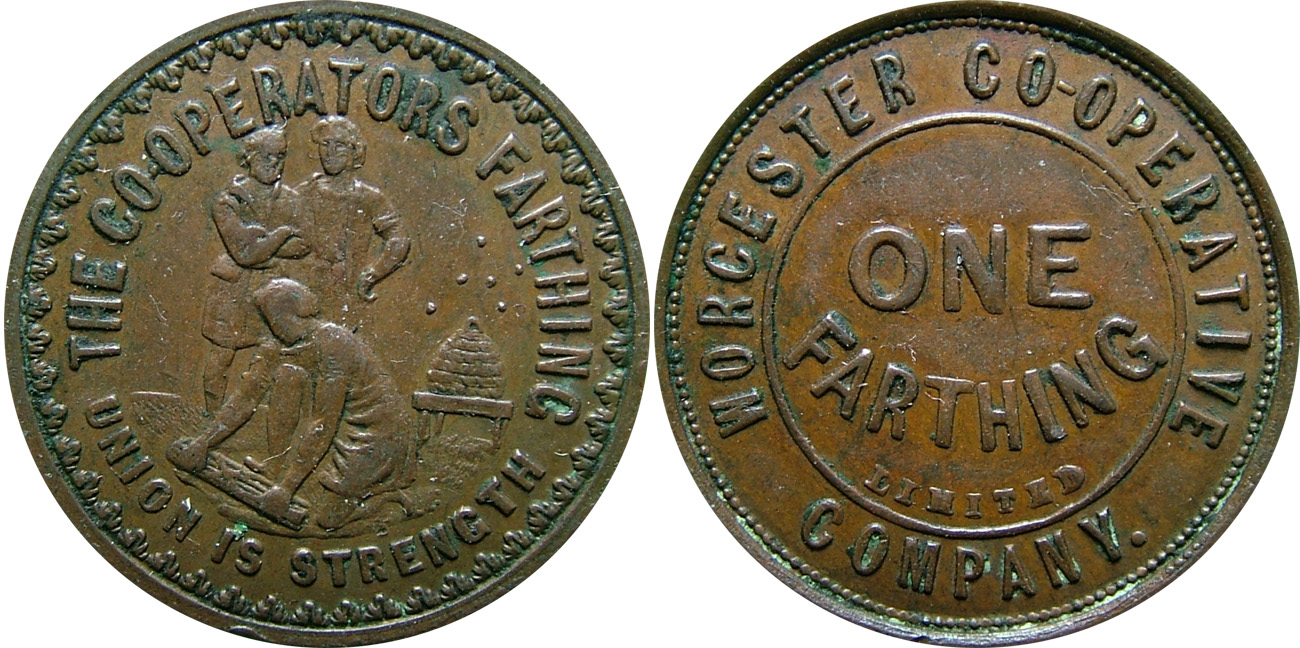
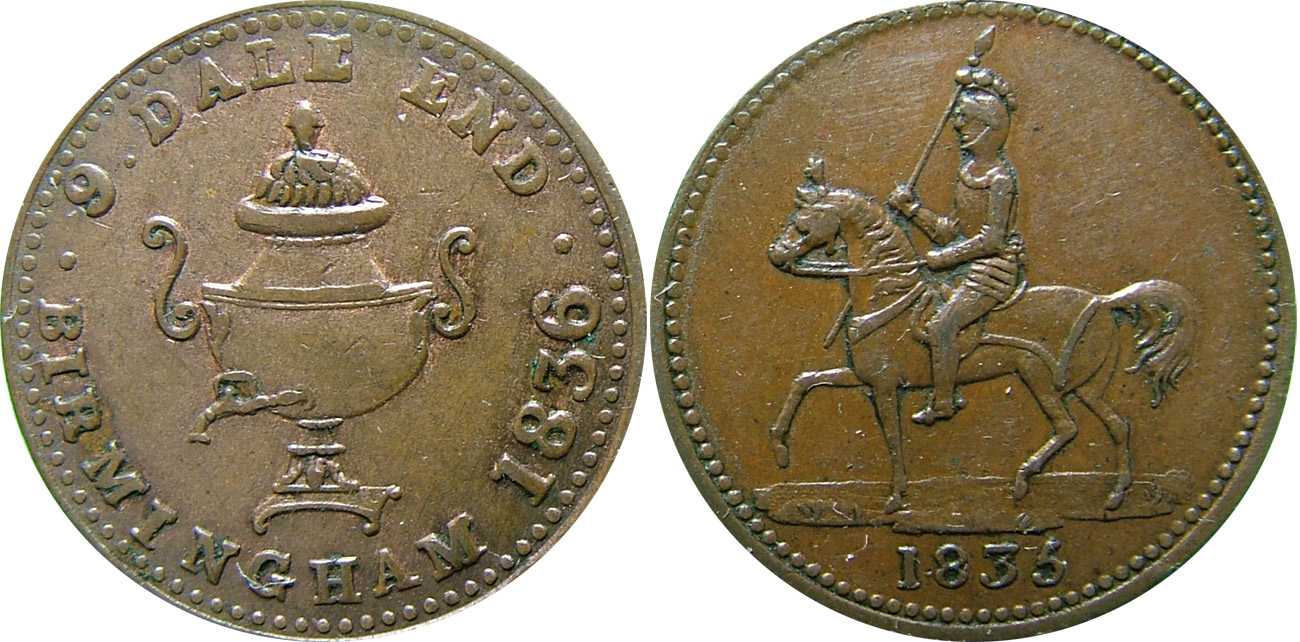

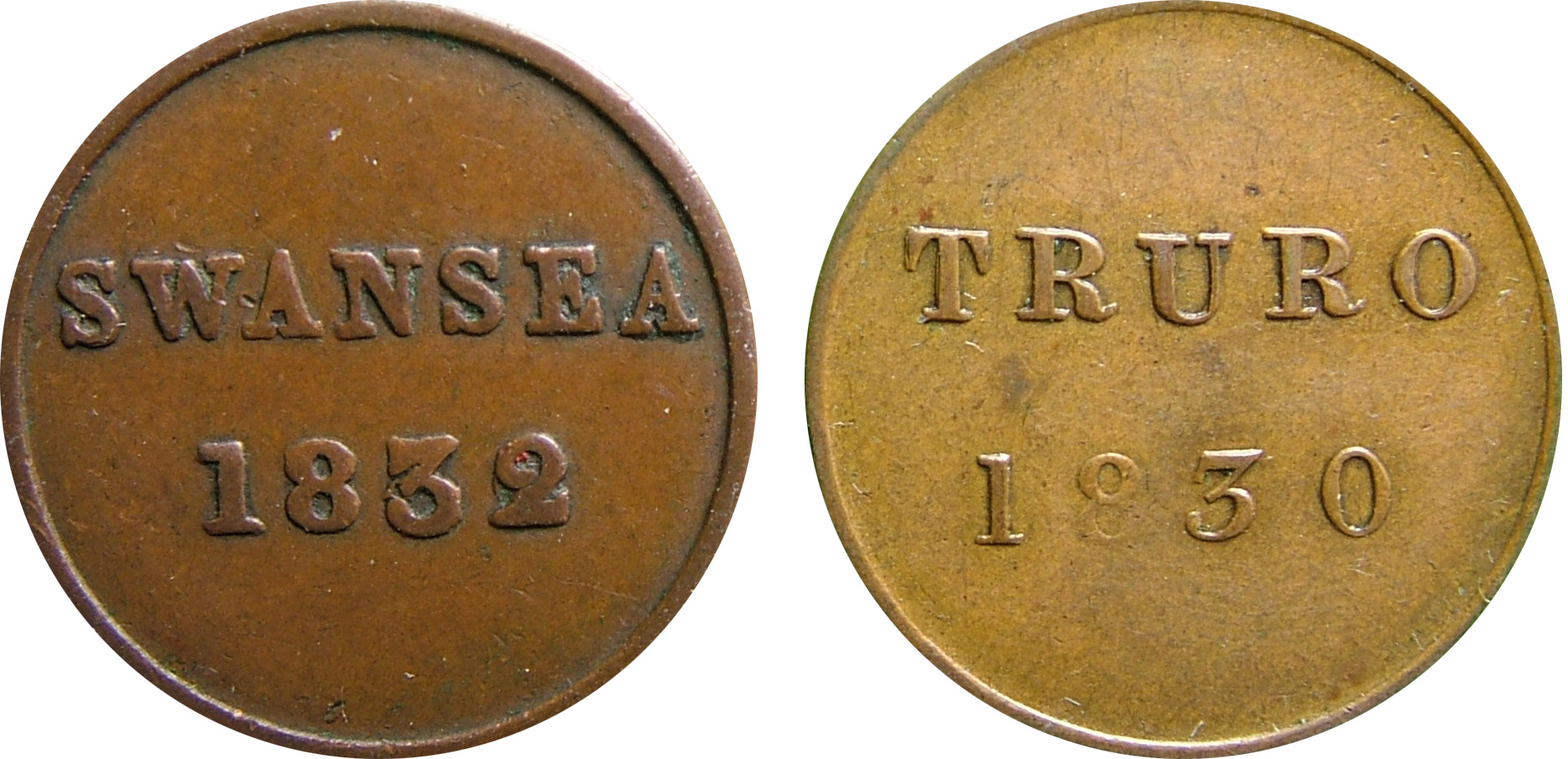

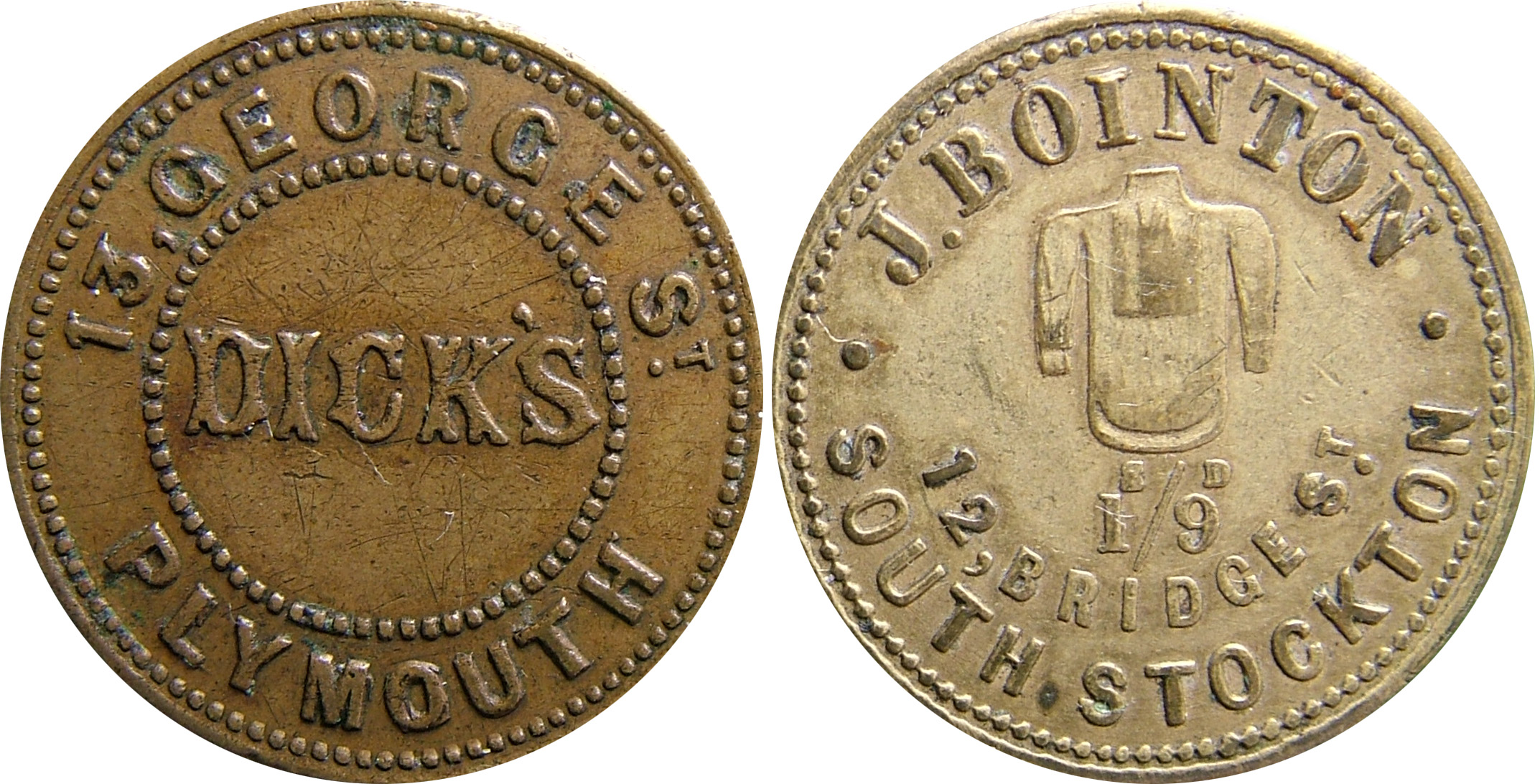
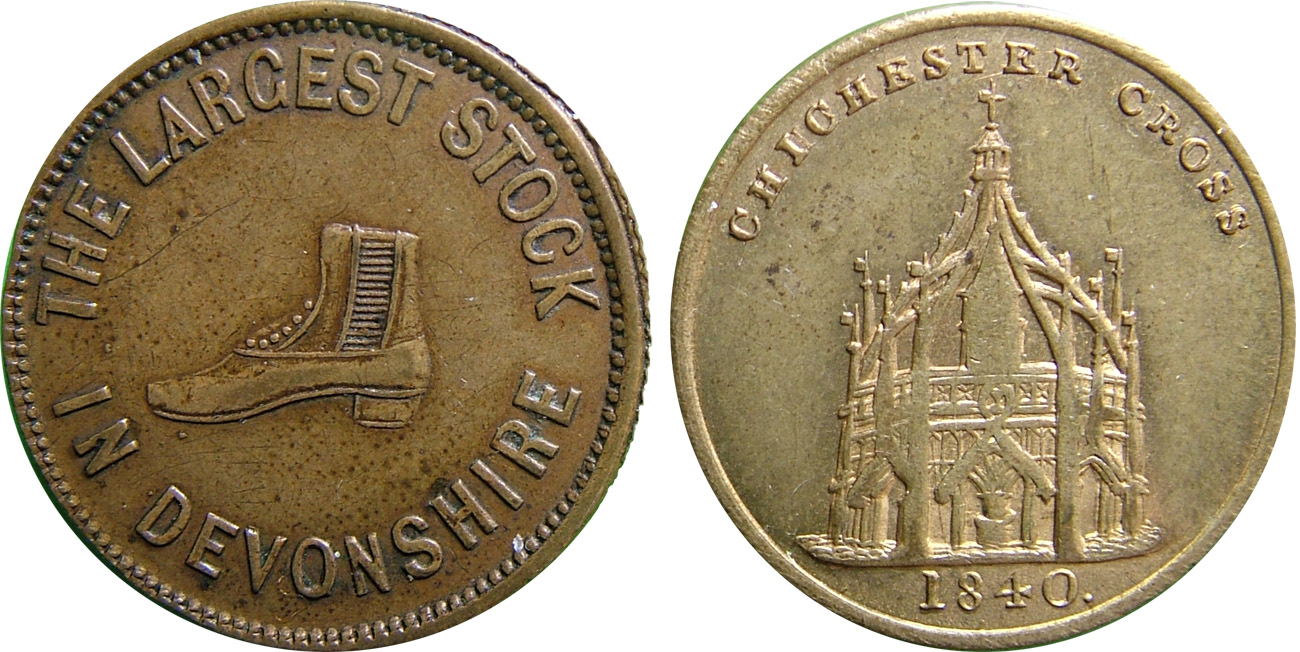


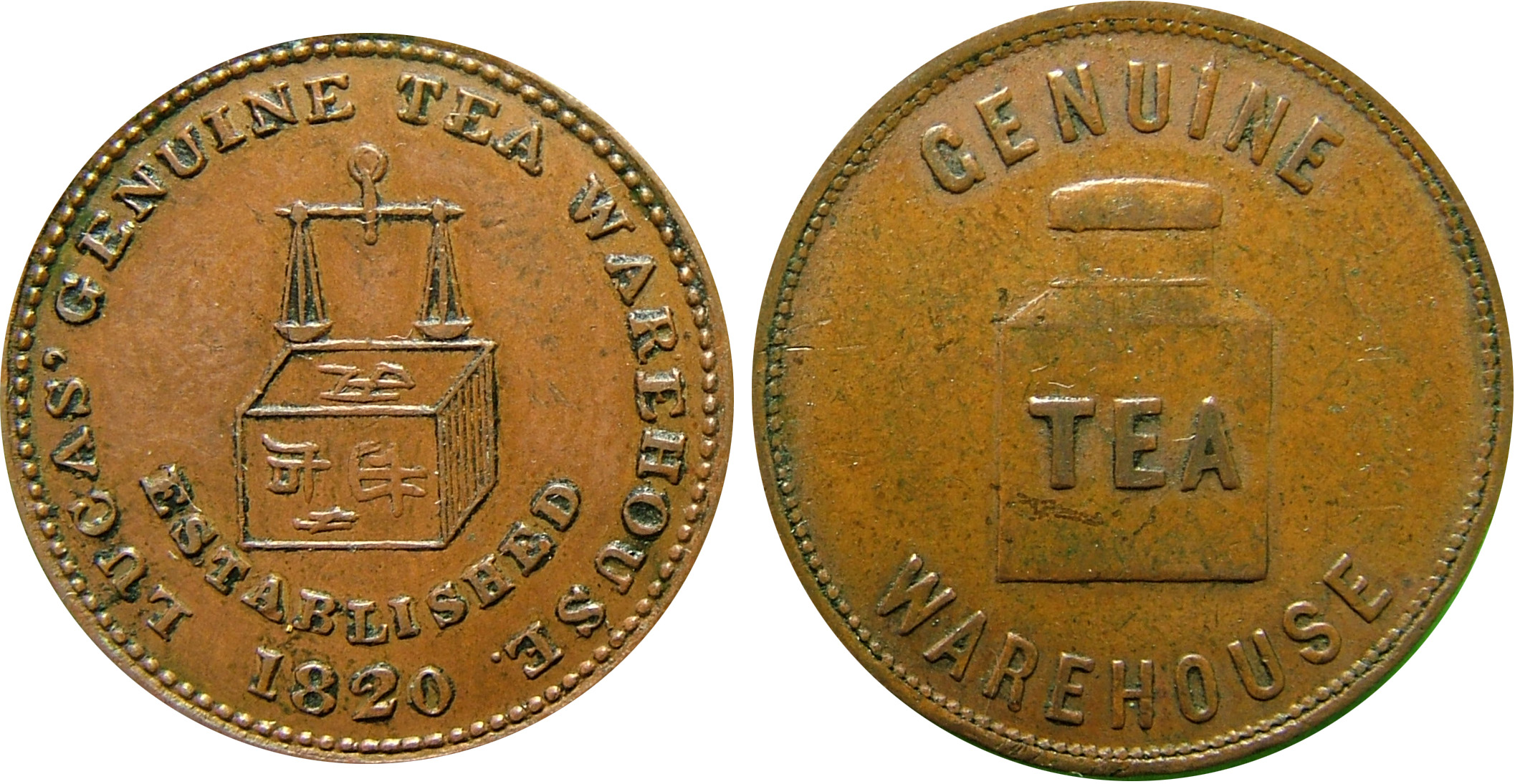
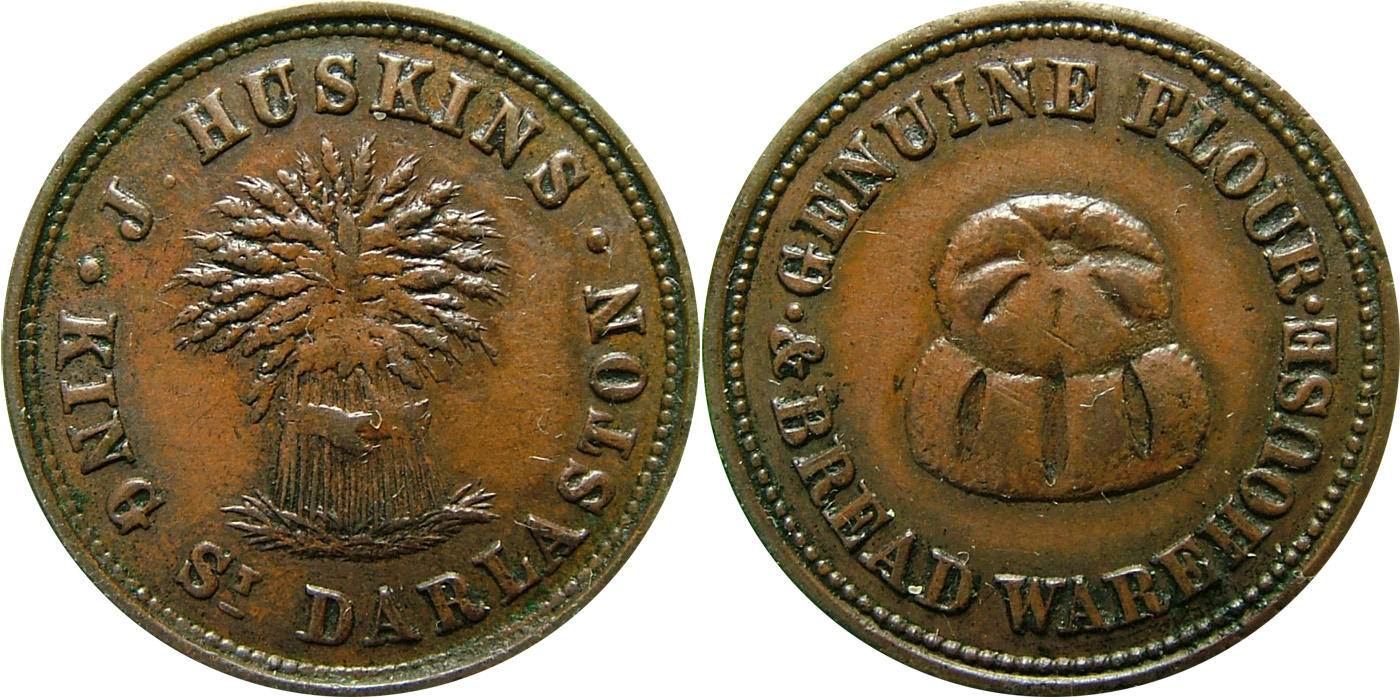

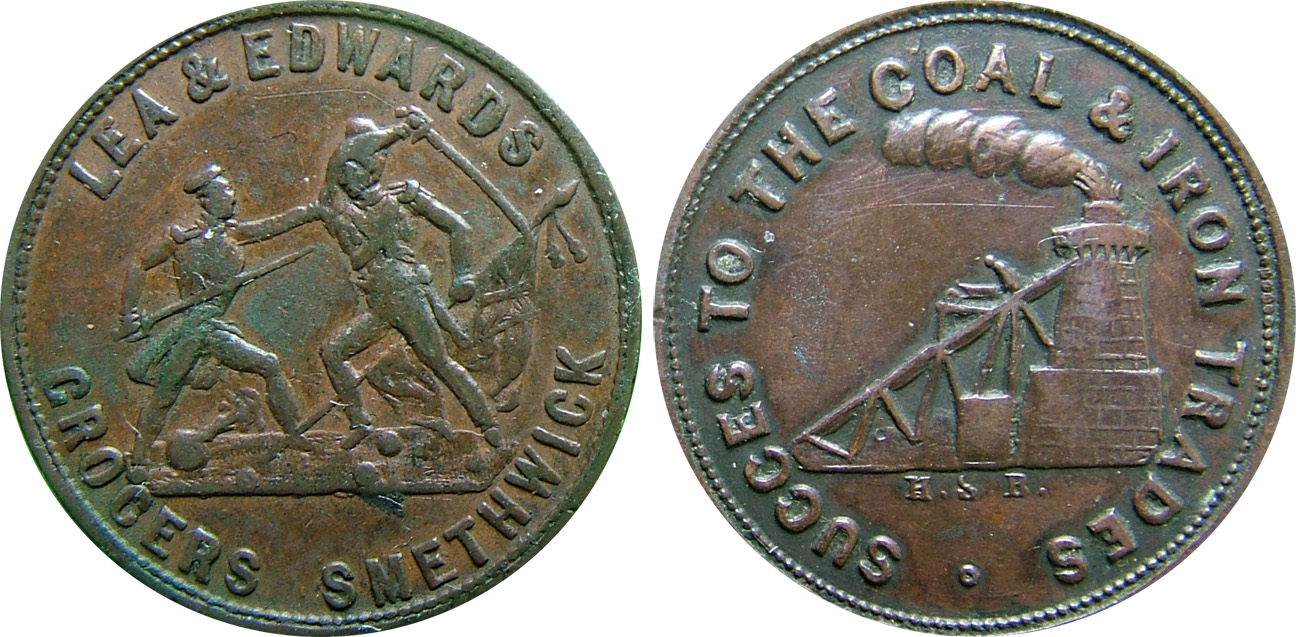
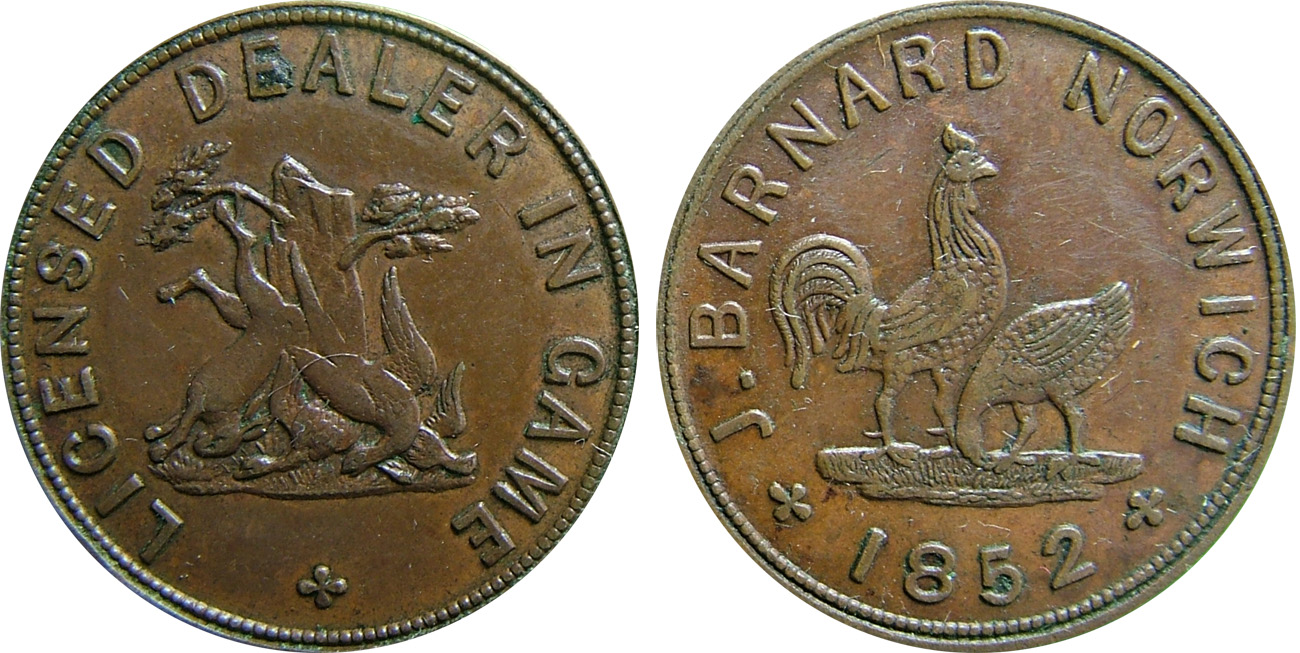


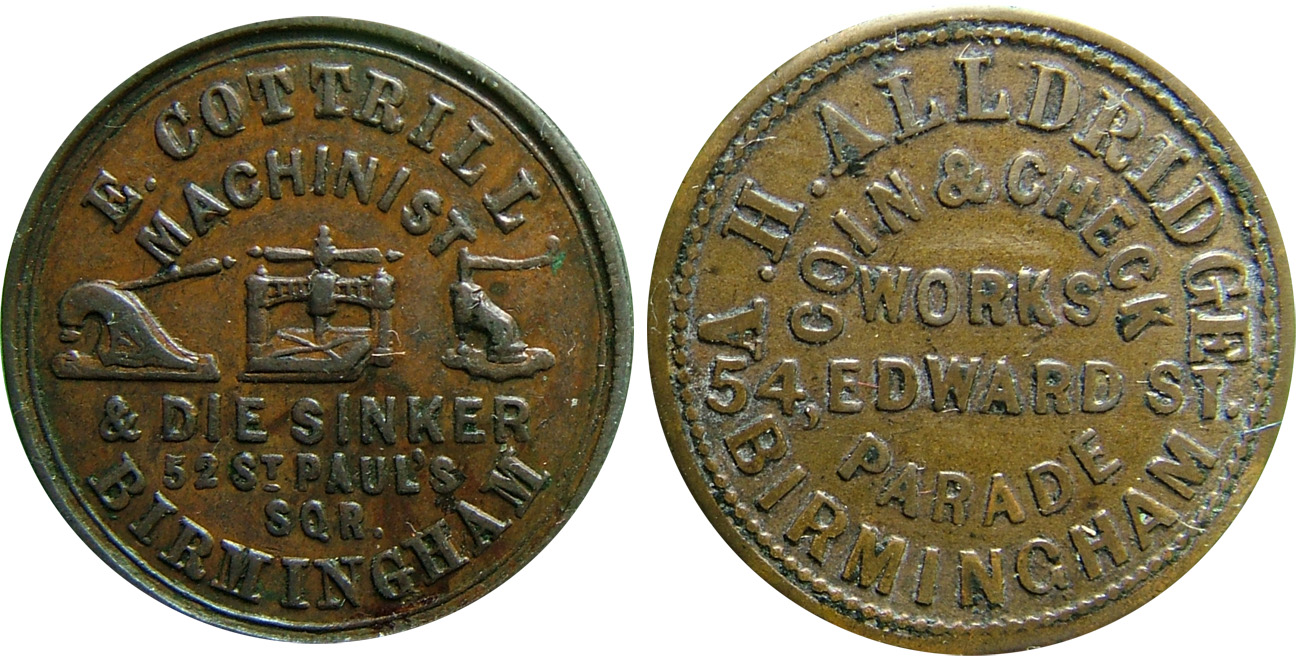




Une réflexion sur “TCS Article : 19th CENTURY UNOFFICIAL TOKENS by David Powell”